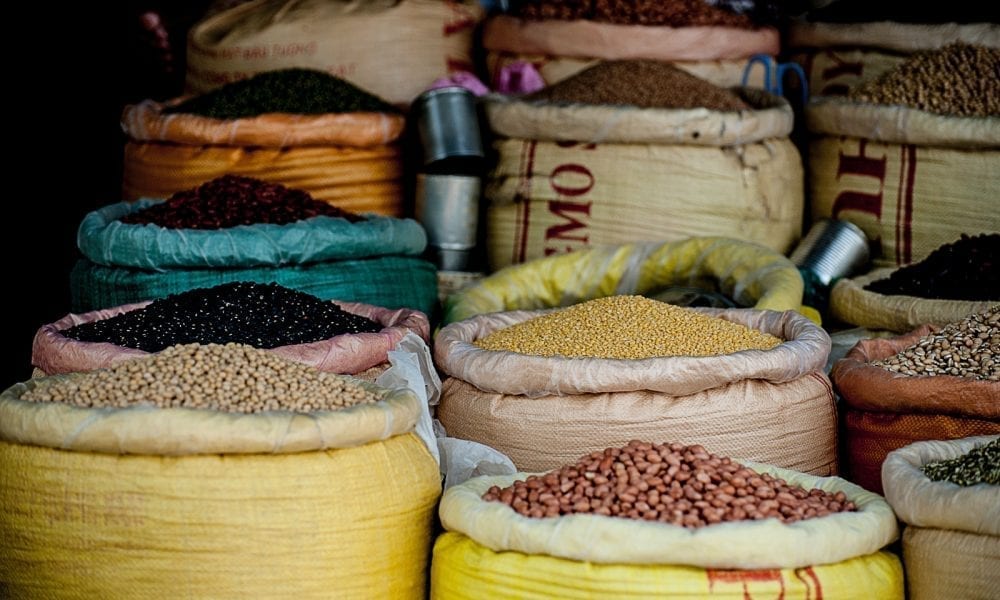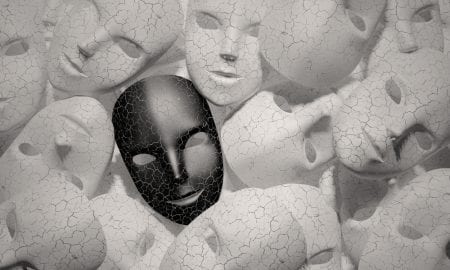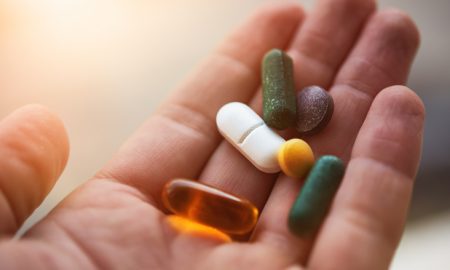
Why You Need Complete Proteins in Your Diet and What to Do If You’re Vegan

Thanks to advancements in science and technology, we have been able to discover more about the different molecular structures that make up the food that we eat.
For many of us, the first time we heard the word protein was probably in chemistry class back in high school. Yeah, it sounded boring then because we had bigger problems to deal with (like asking our crush to prom).
Today, however, learning about proteins is vital to optimum living. In fact, it is truly important for the normal functioning of our bodies throughout our lives.
One of the main reasons for this is because proteins are the building and preservation blocks for our muscles. Additionally, they can play a vital role when it comes to weight loss.
However, once we begin to dissect the molecular structure of proteins, we find a myriad of protein types out there that can frankly, give one a headache!
Indeed, the words ‘complete proteins’ have been thrown around in a number of health and nutrition forums out there.

A complete protein is one that carries the nine essential amino acids
The Definition of a Complete Protein
Which begs the question; what is a complete protein?
In simple terms, a complete protein is one that has all the essential amino acids as part of its structure. There are nine essential amino acids that make up a complete protein.
So this is how it works. According to R.D Erik Bustillo, there are twenty essential amino acids that our bodies require for nourishment, but unfortunately, we cannot synthesize all of them on our own.
Hence, our bodies need to consume proteins to be able to synthesize these amino acids.
If we can dial it back to 9th grade, the biology teacher might have mentioned something about proteins being a combo of building blocks that include a number of amino acids essential for factors such as break down of food, the growth of tissue, and the regeneration and repair of tissue that was damaged.
Of these 20 amino acids, nine of them are referred to as ‘essential’ because our body is unable to synthesize them on its own as per data by the National Institute of Health. These are as follows:
Valine
Tryptophan
Threonine
Phenylalanine
Methionine
Lysine
Leucine
Isoleucine
Histidine
That being said, the remaining 11 amino acids are referred to as conditional because the body has the capability to produce them on its own. Which means, if our bodies are healthy, we probably won’t worry about whether or not we’re getting enough of them!
The Complete Protein and All Its Essentials
If one of these amino acids is missing in a protein molecule, then it’s safe to say that the protein is not complete. Additionally, missing out on one of these amino acids will cause our bodies not to function at their optimal.
Wait a minute, don’t panic or anything
We probably won’t die right away, but if one highly suspects that they are missing out on one of these vital amino acids, probably through exhibiting some symptoms, here’s a list of food categories that can supplement them.

Complete Protein Sources to Include in One’s Diet
Good news for all meat eaters out there! Turns out that if a person regularly includes meat and the likes of fish (or shall we call them pescatarians), they are definitely getting their daily dose of all the nine essential amino acids.
Heck, the lact-ovo vegetarians get their daily dose of the nine essential amino acids from the wide choice of dairy sources that they consume!
Sorry vegans, no complete proteins for you!
Unfortunately for vegans, plant-based proteins such as seeds, nuts, grains, and beans do have some of these amino acids, but not all of the nine to make them complete proteins.
Nevertheless, there is one exception to this rule, and that is soy! Yep, soy is the only plant-based protein in living existence to contain all nine essential amino acids. So now we know why mom kept insisting for us to eat our soybeans on a daily basis!

If you’re a vegan, getting a complementary protein in your diet is essential to obtain these amino acids
Thankfully, a Plant-Based Diet Can Still Work
Now, here’s the down low. If one happens to be a vegan and needs to get all nine essential amino acids, they will have to eat a combinate of incomplete proteins as part of their diet to make it work.
The second plant-based protein is what is called a complementary protein. We’re talking about pairing legumes e.g. peas and beans, with grains such as nuts and seeds to give you a meal with complete proteins!
More in Nutrition
-
`
Sara Hyland Discusses Her Mental Health Conditions And How She Managed Them
Sarah Hyland, who starred in Modern Family, revealed how close she was to committing suicide. She has recently given a candid interview to...
January 14, 2023 -
`
Can You Eat Just Before Bedtime? Here’s What Experts Say!
If you read health magazines or keep up with social media trends, you might have come across the notion that eating...
January 13, 2023 -
`
Postpartum & Parenting Transition: A Deeper Look
When it comes to being a real-life superhero, mothers wear all hats. They are guardian angels to their kids, carry out...
November 23, 2022 -
`
Do Diabetes Injections Really Help Lose Weight? Elon Musk Says It Does!
Losing weight is an aspiration of almost everyone today. Blame the junk foods that are ubiquitous these days or the lack...
October 25, 2022 -
`
The Best Weight-Loss Supplements For Men
Winter is right around the corner, which means there will be many days when you wouldn’t feel like doing anything except...
October 24, 2022 -
`
Merit Skin Care Products And Instant Glow Serum
With Great Skin and its Instant Glow Serum, the minimalist beauty brand MERIT, recognised for providing premium products that are healthy...
October 20, 2022 -
`
What Does A Transformative Self-Care Routine Look Like?
Self-care is not about fashion all the time. It simply means that you are conscious of what is happening inside and...
October 16, 2022 -
`
What Does It Take To Improve Your Heart Health?
It is no secret that heart diseases are growing among Americans. According to the latest report from CDC, 72% of Americans...
October 8, 2022 -
`
How To Revamp Your Home On A Budget
The space we live and spend most of our time in impacts the physical and mental state of our minds. Keeping...
September 22, 2022









